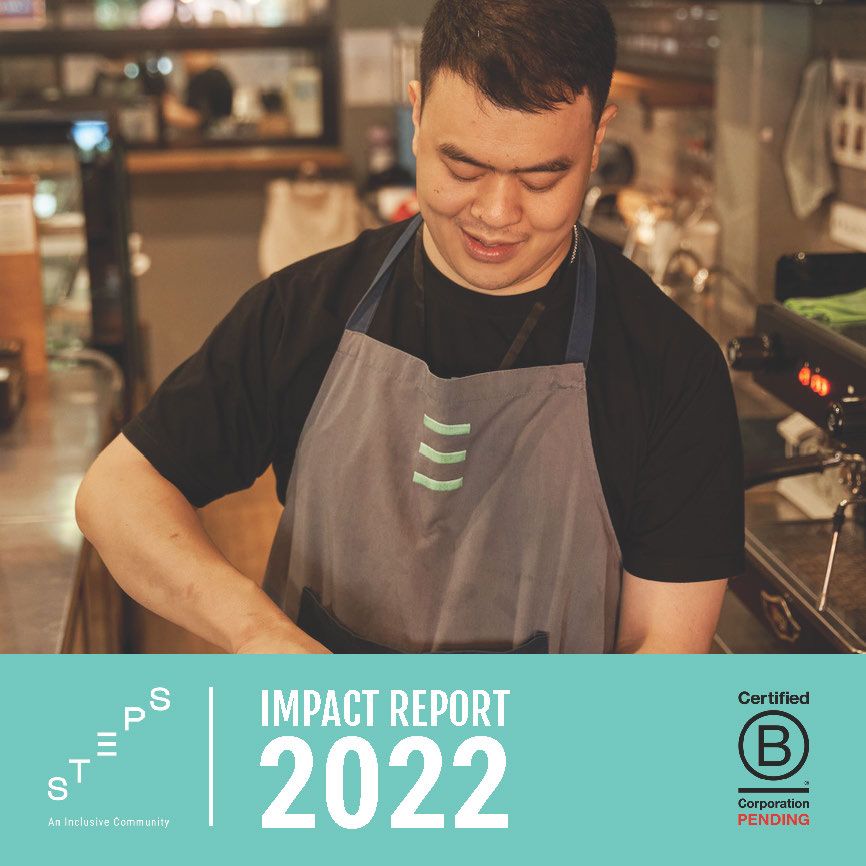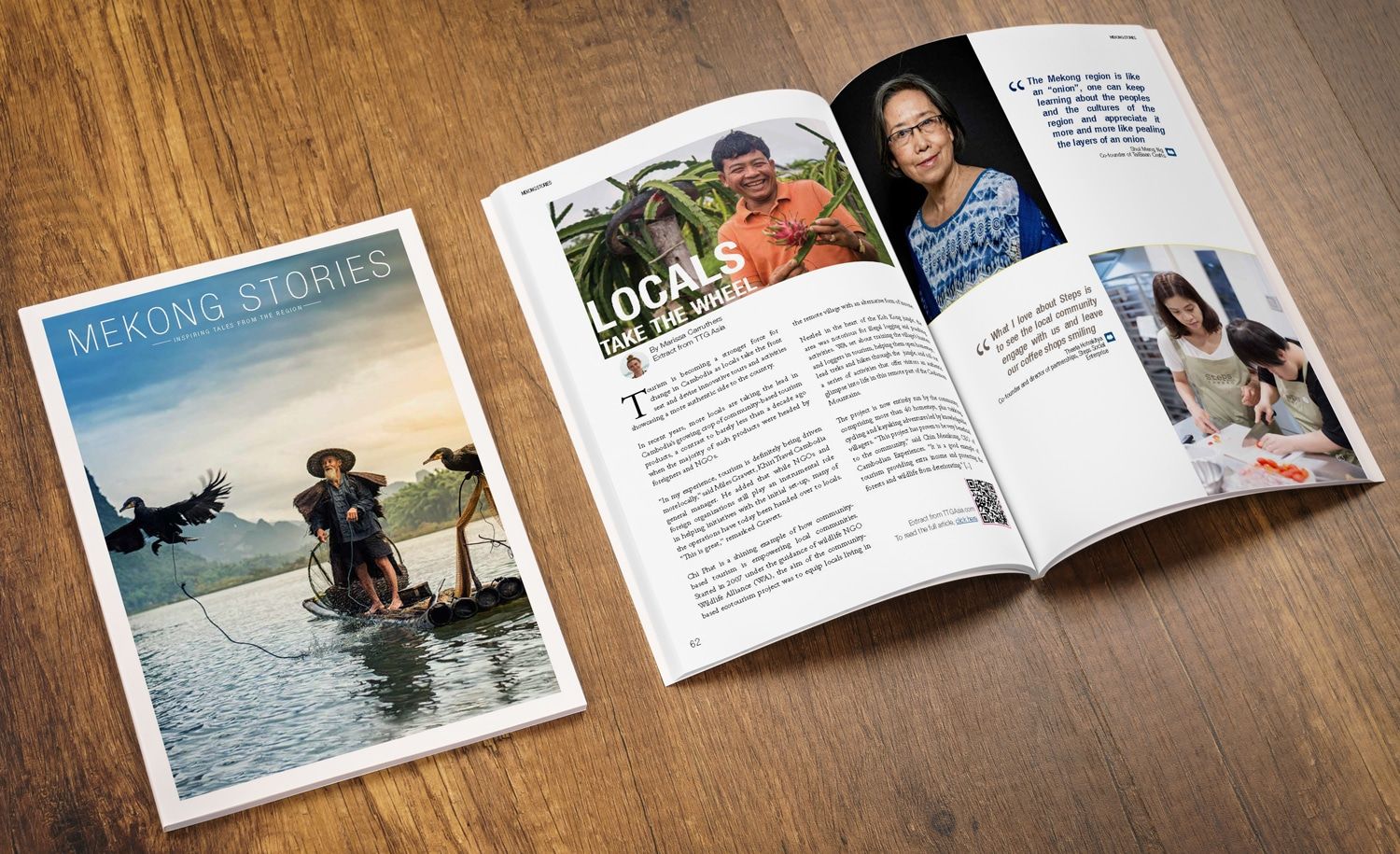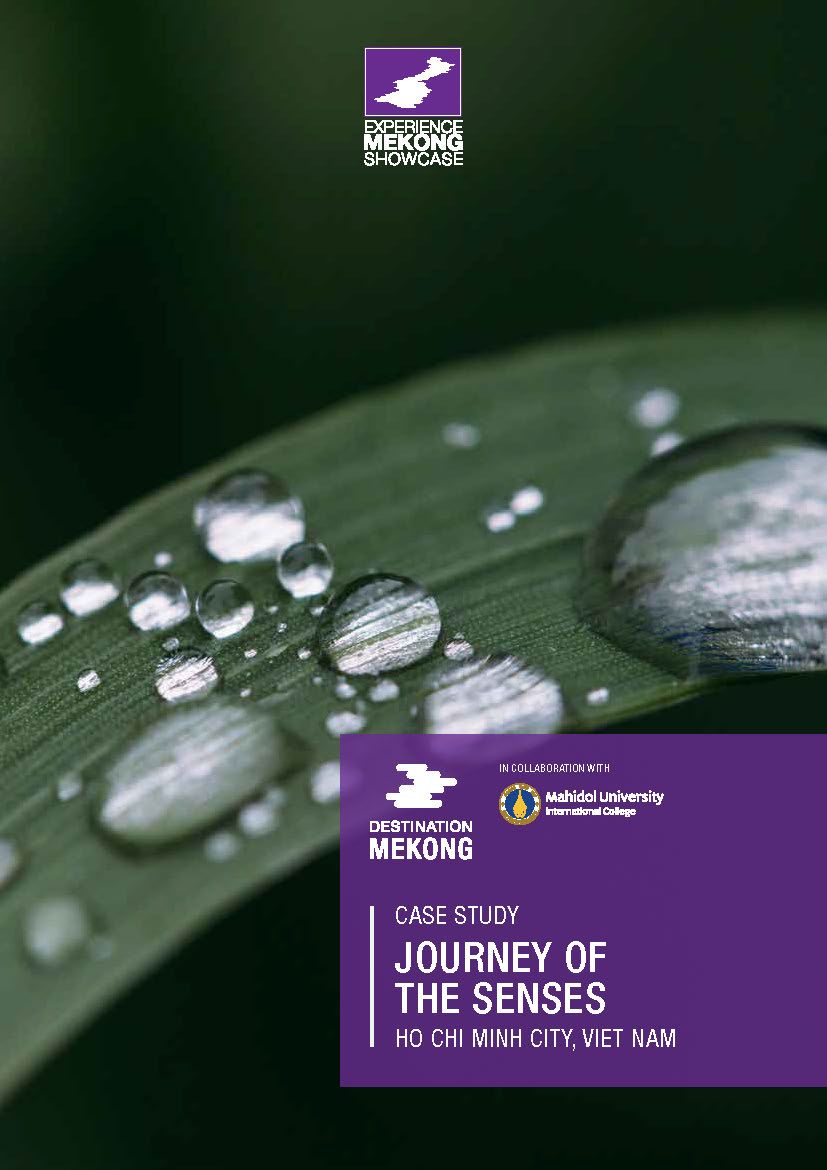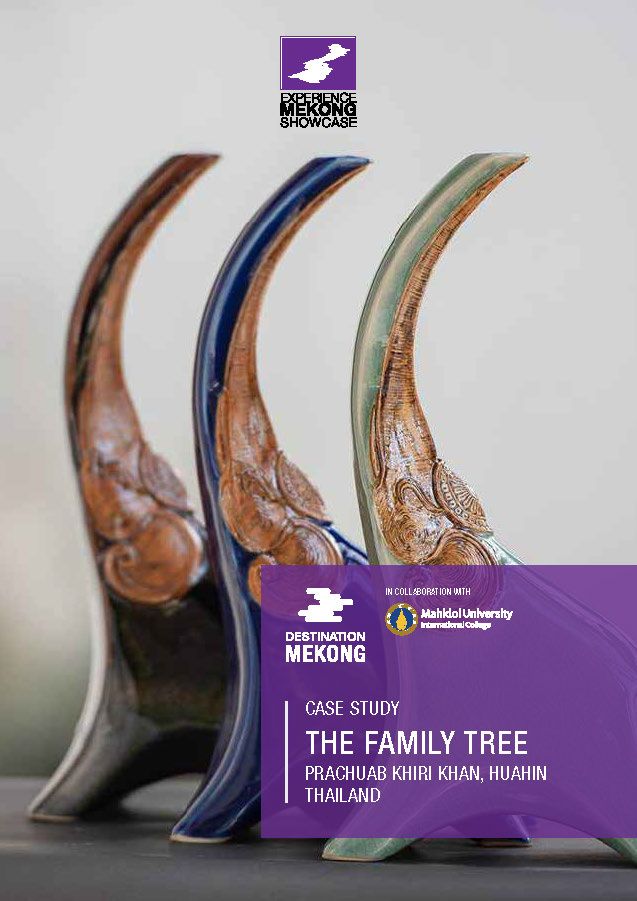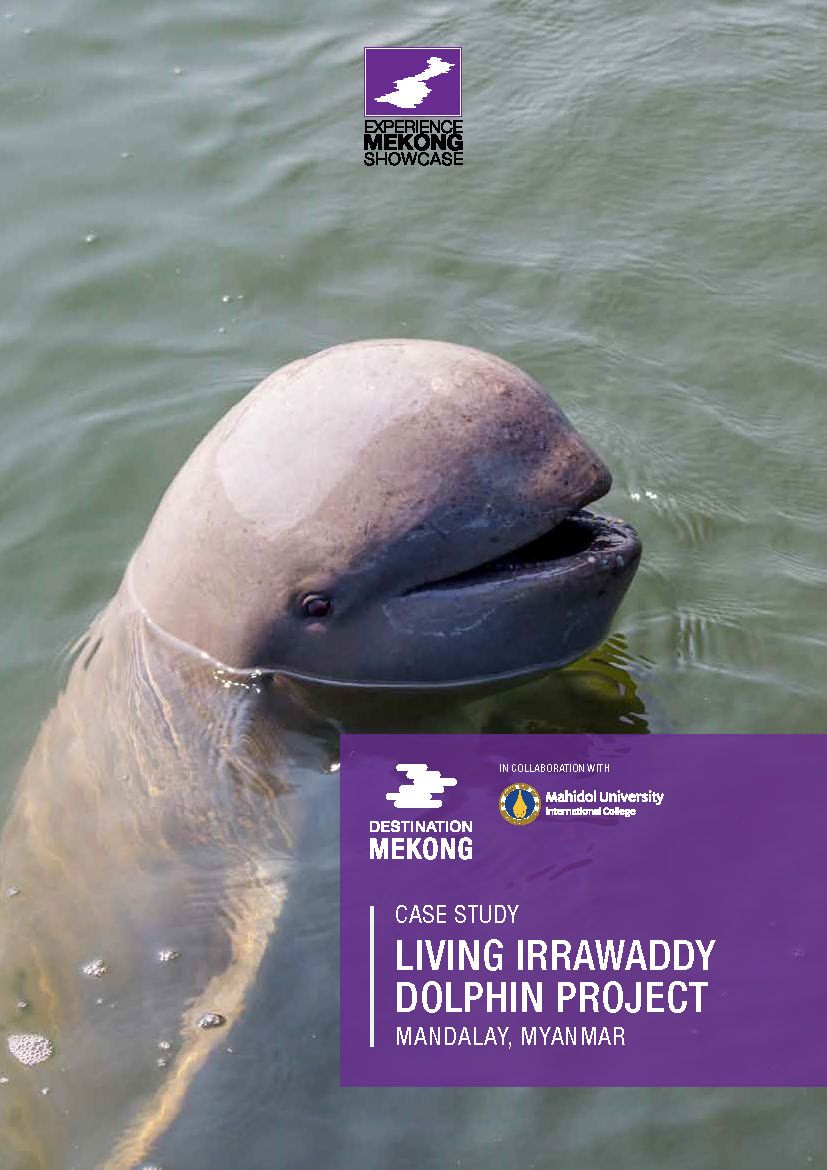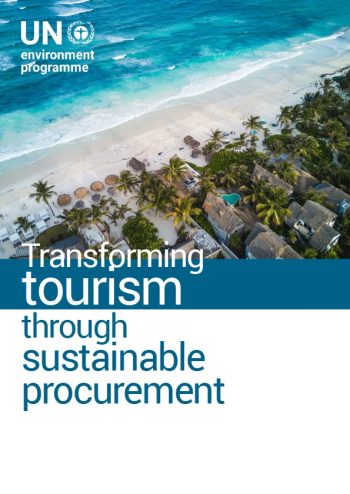
Transforming tourism through sustainable procurement
Globally, the tourism industry already accounts for an average of 9 per cent of nations’ gross domestic product (GDP), and its importance is bound to increase even more. The United Nations World Tourism Organization projects international tourist arrivals to increase from 1.1 billion in 2014 to 1.8 billion in 2030. For many developing countries tourism is a key pillar of national development contributing to growth, employment, investment as well as technology dissemination. In many small island developing states (SIDS), it accounts for up to 25 to 60% of national GDP.
This scale of economic activity has major impacts on the global and local environment, such as through pollution and waste, depletion of natural resources, such as water, energy and land as well as increasing greenhouse gas (GHG) emissions. While tourism contributes about 8 per cent of global GHG emissions, it is projected that these, as well as water and energy consumption, will double by 2050. In many cases unsustainable tourism can endanger the very basis of its own success: healthy ecosystems and habitats of flora and fauna.
Transforming tourism value chains to low-carbon and resource-efficient operations requires an increase in sustainable consumption and production practices. Sustainable procurement can play a leading role in helping to better manage resources and improve resource efficiency throughout the tourism value chain. By incorporating sustainability requirements into their purchasing processes, corporate buyers can convey a strong signal to, and drive markets towards, more sustainability and help scale up the market for more sustainable products, services and works.
Transforming tourism through sustainable procurement
Publisher:
United Nations Environment Programme (UNEP)
Author:
Claire Thiebault
Year:
2019
Language:
English
Size:
76 pages | 14.4 MB
Location:
Global
Keywords:
- Amiral Hotel, Attitude Hospitality Ltd, Betterfly Tourism, Buffalo Tours, Club Med, Daluyon Beach and Mountain Resort, El Nido Resorts, Grupo Puntacana, Hyatt, International Tourism Partnership, Jetwing Blue, Life Cycle Initiative, Novo Hotel & Suite, One Planet Network, Radisson Hotel GRoup, Saint Lucia Hotel and Tourism Association, Soneva, Ten Knots Development Corporation, TUI Group, UNEP, United Nations Environment Programme, Virtual Agricultural Clearing House Programme

